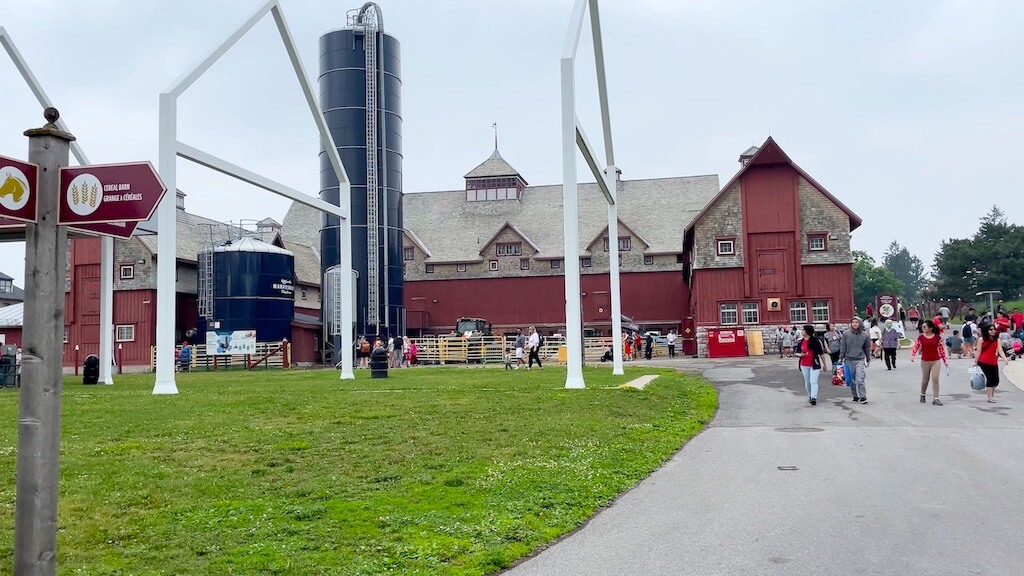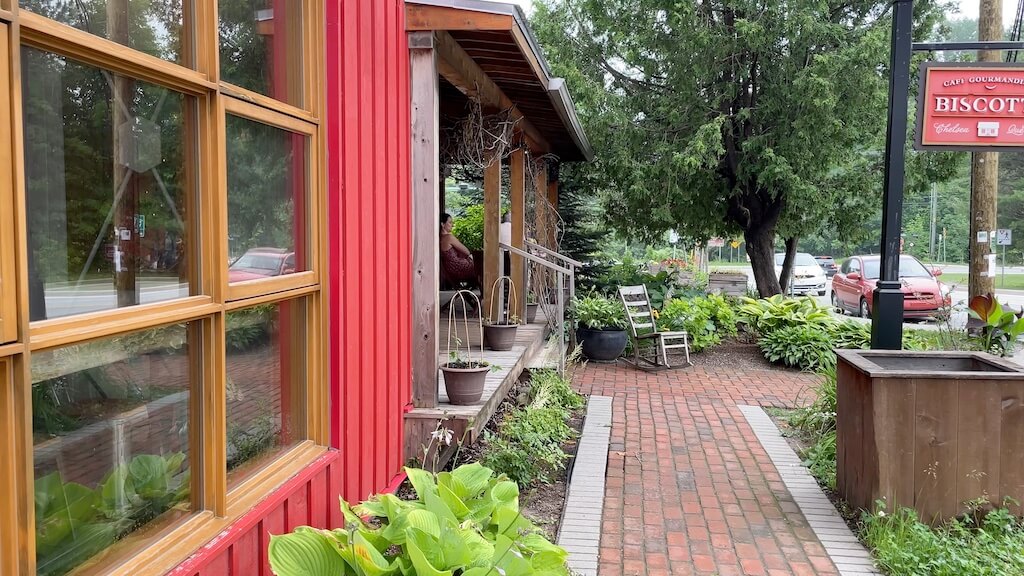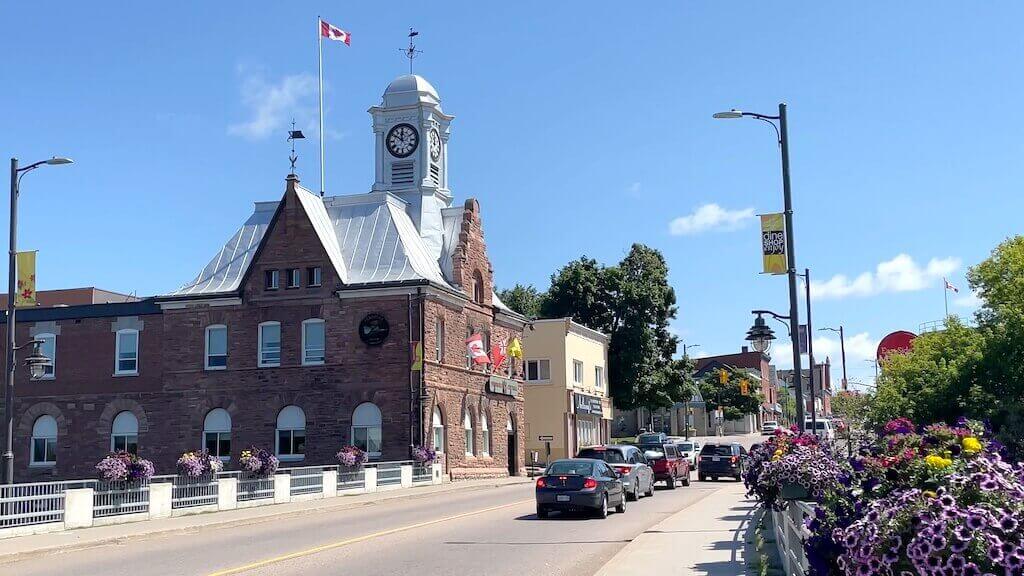Discover Upper Canada Village: A Captivating Living History Site Near Ottawa
I recently had the pleasure of visiting Upper Canada Village, a living history site located just an hour south of Ottawa. This incredible site transports visitors back in time to the 1860s, depicting life in a rural Canadian village during the late Victorian era. Founded in 1961, Upper Canada Village is one of the largest living-history sites in Canada, featuring over forty historical buildings that were moved to the site prior to flooding during the St. Lawrence Seaway development project.
Unveiling the Past: Fascinating Historical Trades at Upper Canada Village
One of the highlights of my visit was exploring the diverse and fascinating historical trades. Watching the blacksmith, cabinetmaker, cooperage, printing office, and tinsmith shops in action was truly captivating. Each tradesperson demonstrated unique skills and specialized tools that contributed to daily life in the 1860s. I was able to ask questions and learn about their latest projects, gaining insight into the trades of the time.
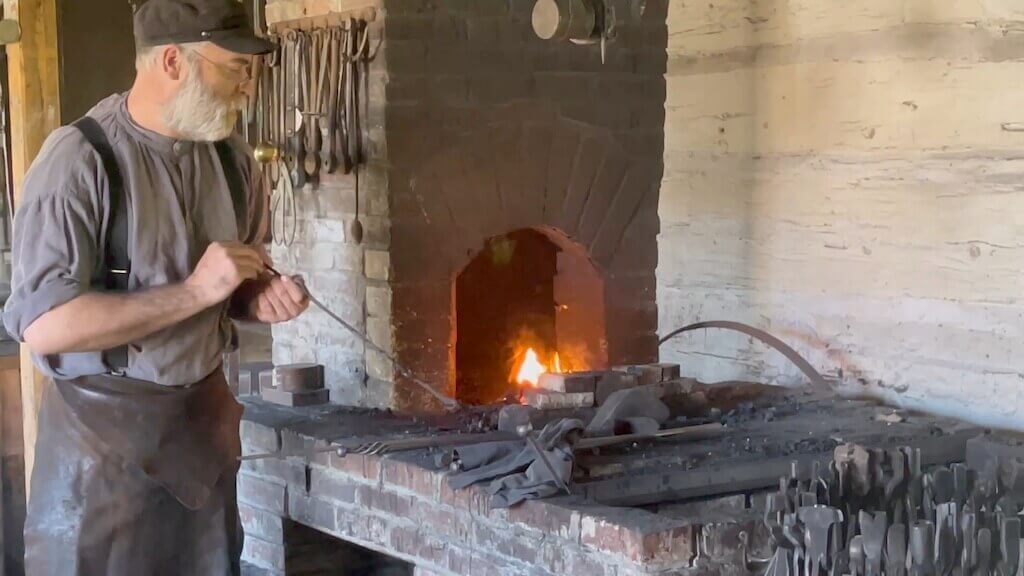
Embrace the Heritage: Traditional Farming and Victorian Flora at Upper Canada Village
In addition to the trades, visitors can experience traditional farming techniques through the growing of heritage vegetables and raising of heritage livestock breeds. I particularly enjoyed the ornamental gardens throughout the village, featuring flora fashionable in the late Victorian era. Weavers, spinners, and dressmakers demonstrated traditional handiwork, while knowledgeable staff dressed in clothing of the period discussed and demonstrated aspects of late 19th-century social life, music, religion, and politics.
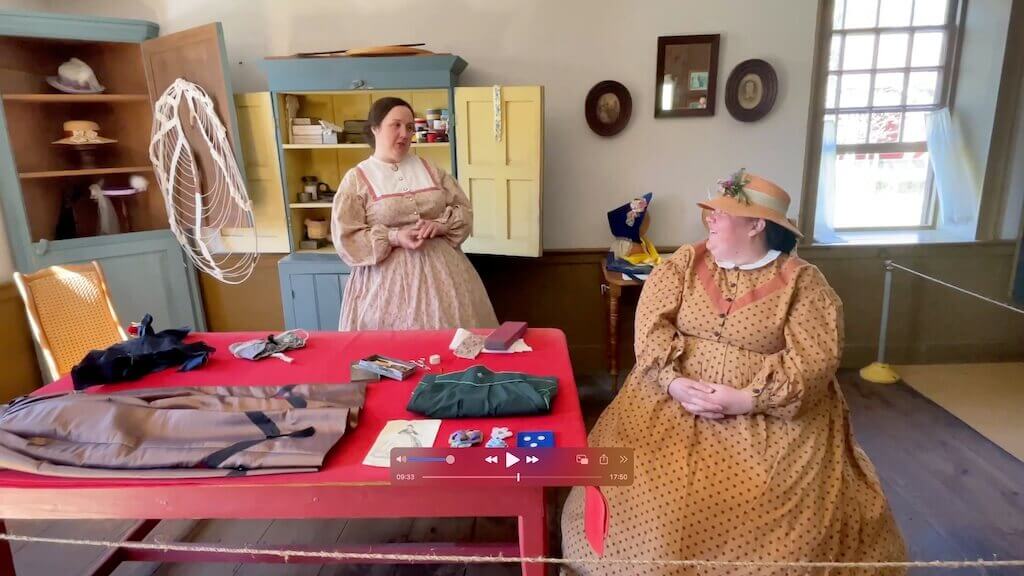
Life on the Farm: Exploring Agriculture and Innovation in the 1860s
Agriculture played a central role in daily life, survival, and progress in the 1860s, and Upper Canada Village provides visitors with an opportunity to experience life on the farm. I explored Louck’s Farm, which featured an impressive barn, livestock, and horse-powered machinery of an established prosperous farm. The Tenant Farm showed how a family leasing land worked with simpler tools and oxen, while the Ross Farm demonstrated a horse-powered drag saw and taught visitors about cordwood.
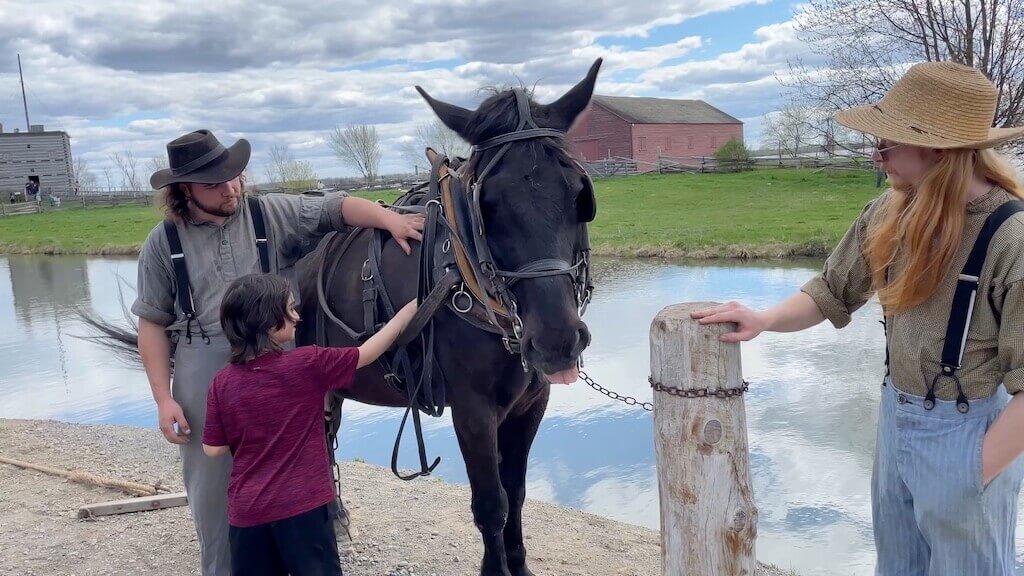
Harnessing Water and Steam Power: The Industrial Ingenuity of Early Settlers
The ingenuity of the settlers who harnessed water and steam power at the Woollen Factory, Flour Mill, and Sawmill was also impressive to see. These early mills processed wool, grain, and logs harvested to provide valuable products such as cloth, flour, and lumber, while also providing employment.
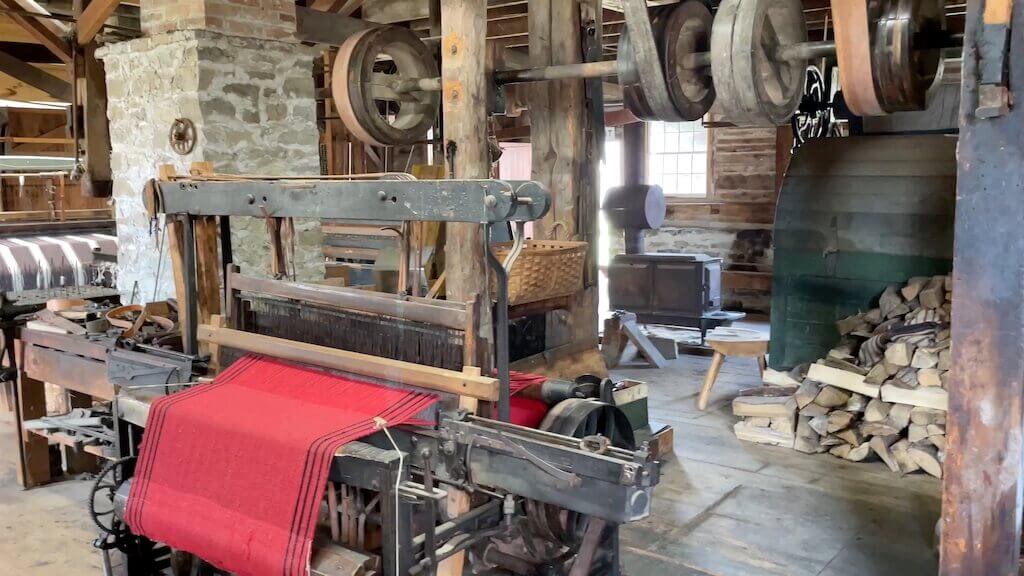
Taste of the 19th Century: Food, Commerce, and Nostalgia at Upper Canada Village
Food and commerce were also essential in the 19th century, and Upper Canada Village brought that history to life. Many businesses, such as Cook’s Tavern, helped house and feed travelers and itinerant workers. Crysler’s Store dispensed medicines and sold foodstuffs, hardware, tools, and household items. The Cheese Factory received and preserved milk by making cheese, one of Canada’s first major export products. The Bakery offered freshly baked bread from a wood-fire oven, and visitors could purchase a delicious loaf of bread or cheddar cheese made right at Upper Canada Village in the Village Store.
Taste of Tradition: 19th-century Kitchens and Gardens at Upper Canada Village
Visitors could also explore the working kitchens at Louck’s Farm and Tenant Farm to see what was on the menu! Preparing meals and preserving food for the winter months ahead was a time-consuming but important part of daily life. Orchards and large kitchen gardens were essential to provide this food. Other heirloom gardens at the Robertson Home and Crysler Hall were grown for personal enjoyment, to celebrate the natural world, and perhaps to make a statement.
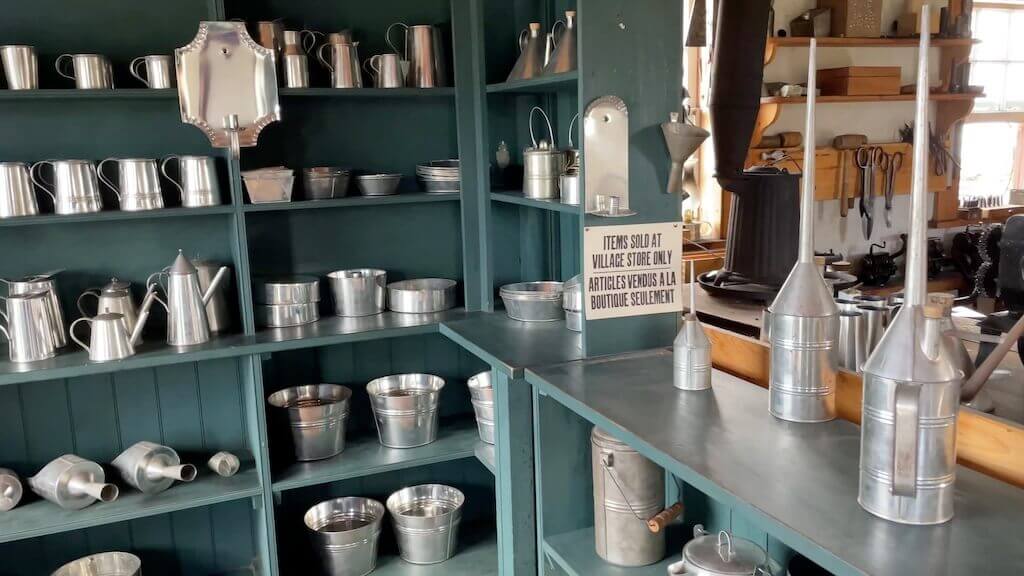
Journey through the Past: Horse-Drawn Vehicles and Time-Traveling at Upper Canada Village
Finally, I was able to immerse myself in the history and heritage of the 1860s by taking a leisurely stroll around the village. Travel was often difficult in the mid-19th century, and people used available roads to walk, ride, or drive a horse-drawn vehicle. Visitors can keep an eye out for the variety of horse-drawn vehicles working from Cook’s Tavern.
A Magical Experience: Reliving the 1860s at Upper Canada Village
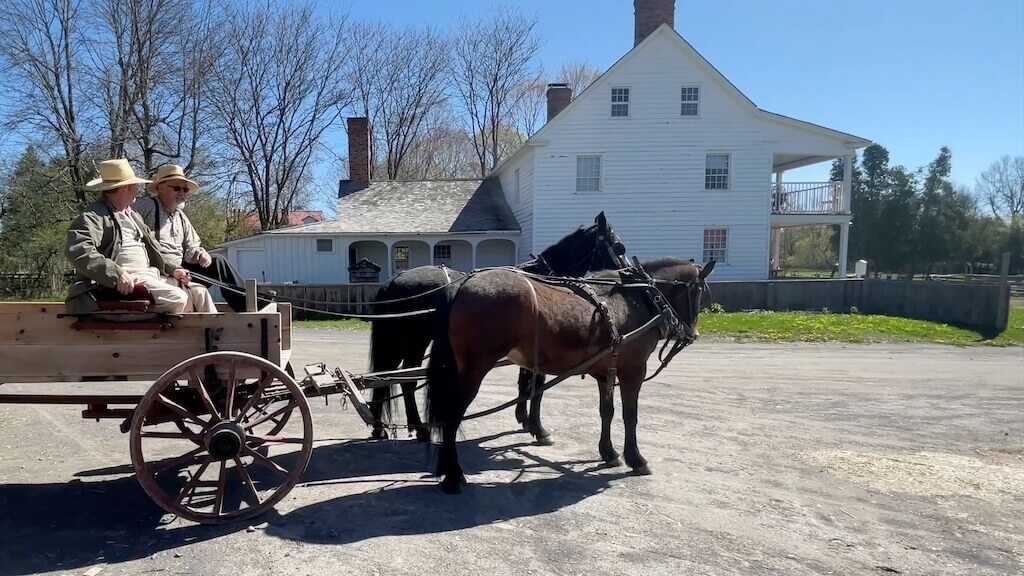
Overall, visiting Upper Canada Village was a magical experience that transported me back in time to the 1860s. With so much to see and do, I highly recommend this living history site to anyone interested in the rich cultural and historical heritage of Canada.

